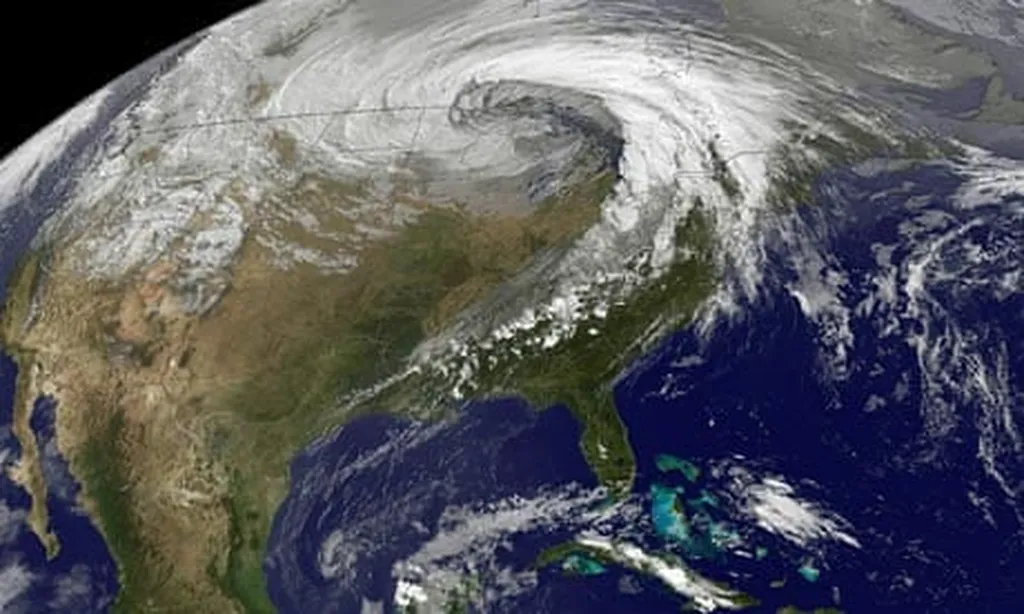In the vast, sun-scorched landscapes of Iraq, where agriculture is a lifeline for millions, a silent adversary has been creeping in—drought. But now, a beacon of hope emerges from the pages of *The Iraqi Journal of Agricultural Science*, as researchers leverage the power of remote sensing to monitor and mitigate this creeping crisis. The study, led by Fatima. A. A., uses advanced satellite technology to paint a vivid picture of agricultural drought, offering crucial insights for farmers and policymakers alike.
The research focuses on the Vegetation Health Index (VHI), a sophisticated tool that combines the Temperature Condition Index (TCI), Vegetation Condition Index (VCI), and the Normalized Difference Vegetation Index (NDVI) derived from MODIS Terra satellite data. This index provides a comprehensive view of drought conditions, both geographically and temporally, particularly during the critical spring season.
The findings are stark. The years 2001–2002 and 2008–2009 stand out as the most extreme drought years in the past two decades. “The drought years 2001-2002 were followed by the drought-free years 2002/2003, 2008/2009,” notes the study, highlighting the erratic nature of drought cycles. The southwest and western regions of Iraq are identified as particularly vulnerable, with the 2017-2018 droughts predominantly affecting these areas.
The implications for the agriculture sector are profound. Droughts can devastate crops, leading to food shortages and economic losses. By using the VHI index, farmers and agricultural planners can better anticipate and prepare for these challenges. “The results of the drought index VHI indicate that the country is facing non-uniform cycles of drought for all types of droughts,” the study reveals. This understanding is crucial for developing strategies to mitigate the impacts of drought on agricultural productivity.
The research also underscores the importance of rainfall patterns. The study found a negative correlation between rainfall and extreme, severe, and moderate droughts, although the link between rainfall and dryness was not substantial. This nuanced understanding can guide water management practices and irrigation strategies, ensuring that precious water resources are used efficiently.
The study recommends adopting the VHI index to monitor vegetation desiccation in semi-arid areas with limited access to surface meteorological information. This approach could be a game-changer for regions grappling with water scarcity and erratic weather patterns.
As we look to the future, this research paves the way for more sophisticated and localized drought monitoring systems. By integrating remote sensing technology with ground-based data, we can create a robust framework for agricultural resilience. The work of Fatima. A. A. and her team, published in *The Iraqi Journal of Agricultural Science*, is a testament to the power of science and technology in addressing one of the most pressing challenges of our time.
In a world where climate change is exacerbating environmental extremes, the ability to monitor and predict droughts is more critical than ever. This research not only sheds light on the current state of agricultural drought in Iraq but also offers a roadmap for future developments in the field. As we strive to build a more sustainable and resilient agricultural sector, the insights gleaned from this study will be invaluable.

